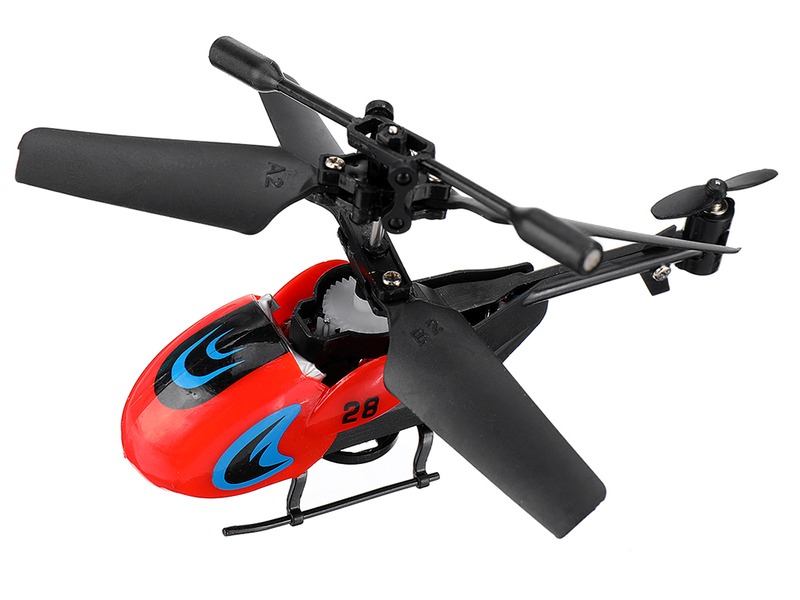Why can RC helicopters fly upside down?

RC helicopters are capable of flying upside down due to the unique design of the rotor blades and the way they interact with the air. The rotor blades of an RC helicopter are designed to be symmetrical, meaning that the top and bottom of the blades are the same shape. This allows the air to flow over the blades in the same way, regardless of the orientation of the helicopter.
When the helicopter is in its normal upright orientation, the air flows over the top of the blades and creates lift, pushing the helicopter up. When the helicopter is inverted, the air still flows over the top of the blades, but now it is pushing the helicopter down instead of up. This creates a downward force that counteracts the helicopter’s weight, allowing it to stay in the air.
In addition to the design of the rotor blades, the way that the helicopter is controlled also plays a role in allowing it to fly upside down. The pilot is able to control the speed and direction of the rotor blades, which affects the amount of lift that is generated. By increasing the speed of the blades and adjusting their direction, the pilot can create enough lift to keep the helicopter in the air, even when it is upside down.
The combination of the rotor blade design and the pilot’s control of the helicopter allows it to fly upside down. This is a useful skill for RC helicopter pilots, as it allows them to perform stunts and maneuvers that would otherwise be impossible. It also allows them to fly in areas with limited space, as they can fly upside down and take up less space than they would in a normal upright orientation.
Overall, RC helicopters are able to fly upside down due to the design of their rotor blades and the way they interact with the air, as well as the pilot’s control of the helicopter. This allows them to perform stunts and maneuvers that would otherwise be impossible, as well as fly in areas with limited space.
Comments / Question
Thrust, lift, and drag forces all affect the stability of an upside down RC helicopter. Thrust is the force that propels the helicopter forward and is generated by the rotors. Lift is the force that keeps the helicopter airborne and is generated by the airfoil shape of the rotors. Drag is the force that opposes the forward motion of the helicopter and is generated by the air resistance of the body and rotors.
The stability of an upside down RC helicopter is affected by the balance between these forces. If the thrust is too high, the helicopter will tend to climb. If the lift is too high, the helicopter will tend to roll. If the drag is too high, the helicopter will tend to slow down or even stall. By adjusting the thrust, lift, and drag forces, the pilot can maintain the stability of the helicopter in an upside down orientation.

